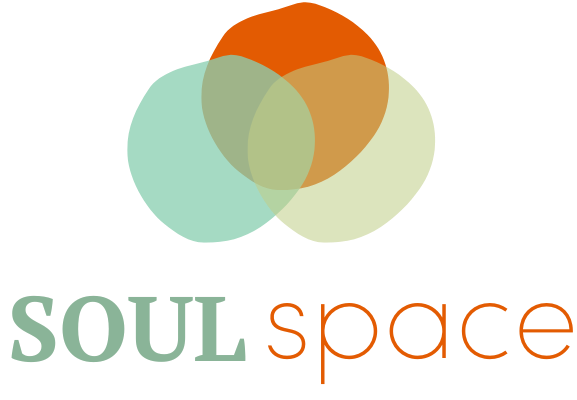What is Art Therapy & Can It Help Me?
What is Art Therapy?
Art therapy is a creative and integrative approach to therapy, beneficial for all ages and for resolving diverse symptoms, struggles, or issues. Art therapy is facilitated by a professional art therapist that combines talk therapy and art media. Art therapists require unique education and training in addition to counseling education and training. Professional art therapists receive a master’s degree, often in both counseling and art therapy and are credentialed by the nationally recognized Art Therapy Credentials Board (ATCB). It is also common for art therapists to have professional training or expertise and an interest in visual art. The highest credential you can earn as an art therapist is the Board-Certified Registered Art Therapist (ATR-BC), which assures that the art therapist has met and upholds rigorous standards and ethics. To receive this credential, an art therapist must pass a national exam, meet post-graduate clinical supervision requirements, and demonstrate comprehensive knowledge of art therapy theories and clinical skills.
What If I Am Not An Artist or Creative?
You don’t need to be an artist to make art or to benefit from art therapy! Art is for everyone, and in a therapeutic setting, it can be a powerful tool for hope, healing, and growth. For many people, engaging in something different can allow you to express yourself authentically, which is one of the goals of therapy. In art therapy, the focus is always on the process of artmaking, not the finished product. Art therapy uses the benefits of non-verbal self-expression with the support of a therapist to promote emotional regulation and personal connection. It is also diverse in materials; we can use anything from collage, writing, photography, painting, clay, fiber arts, drawing, or sculpture. Expressive Arts Therapy utilizes other creative modalities besides visual art materials, such as music, poetry, expressive writing, dance/movement, and play.
Will Art Therapy Help Me Feel Better?
Although Expressive Arts Therapy is considered another therapeutic approach, art therapy can sometimes incorporate other creative media in sessions depending on the training of the art therapist and the preferences of the client. There is no right or wrong way to make art or creatively express yourself; the beauty is for you to use it however you need to. It can be incredibly therapeutic when used together with talking about your emotions, thoughts, or experiences.
Both art and therapy affect the brain in various positive ways. Different parts of the brain are engaged when making art, and our natural gift of creativity is used. Creativity is how we solve problems, find solutions, relate to others, have new experiences, and express ourselves. This can help people change their outlook and safely work through stress, trauma, pain, or suffering. Also, visually representing your thoughts and feelings can be a more comfortable way to communicate. It can help us connect to our bodily senses and release emotions – for example, have you ever felt better after molding clay? Feel increased relaxation after moving a paintbrush across the paper? Maybe you’ve had experiences where you catch yourself doodling on paper at school, work, or while listening to someone to help you focus. Or have you ever connected with someone else’s creation and felt a profound sense of being understood? Have you ever written down your feelings when talking is difficult? These are all examples of how it can be soothing to use art.
What Is the Benefit of Art Therapy?
Whatever your experience with art is, even if you have none, it can still help you in your healing journey. Art therapy is a way to express emotions, reconnect yourself, share your story, and gain empowerment. Art therapy integrates our mind and body to feel safe, whole, and balanced. It’s a great way to process without feeling as if you’re “on the spot” or being stared at. Oftentimes, emotions are able to surface, even if they have felt buried, simply by giving your brain something to focus on as you process.
Art Therapy is just one of many tools that may be effective for you in your healing journey. Trying something new may be just the thing to “unlock” what has been making you feel stuck.
About Nicole: As a Licensed Professional Counselor, Licensed Creative Arts Therapist, and Board Certified Registered Art Therapist, Nicole is trained in supporting clients toward healing and health using creative modalities and psychotherapy. Schedule a complimentary consultation HERE

